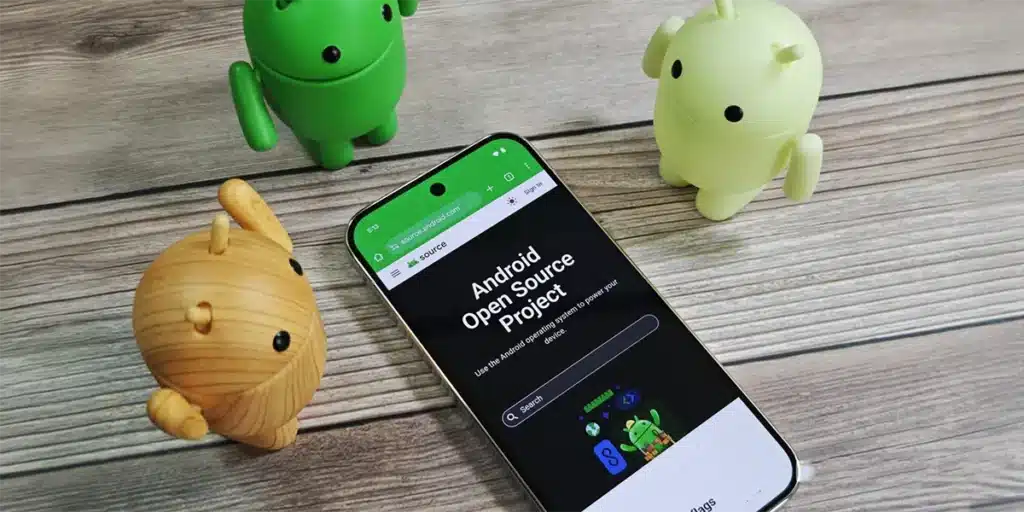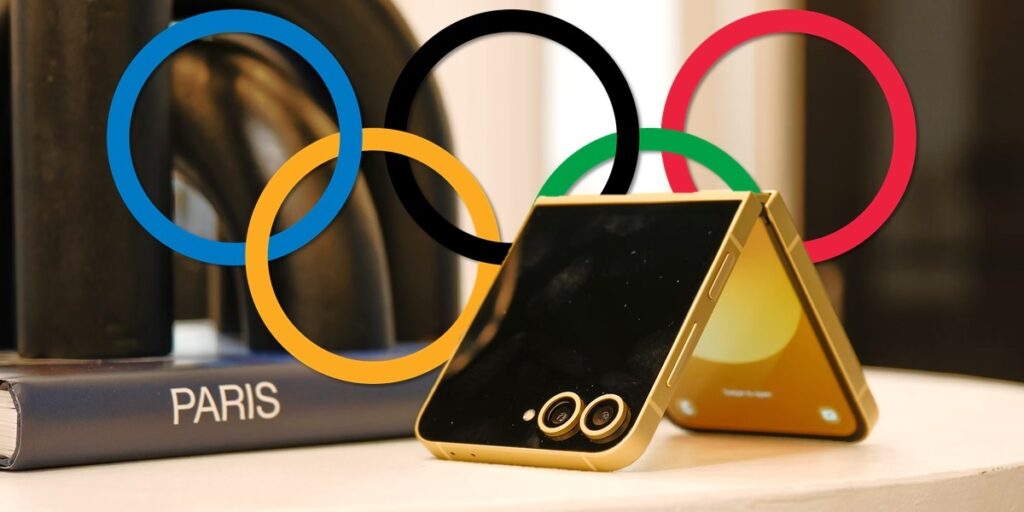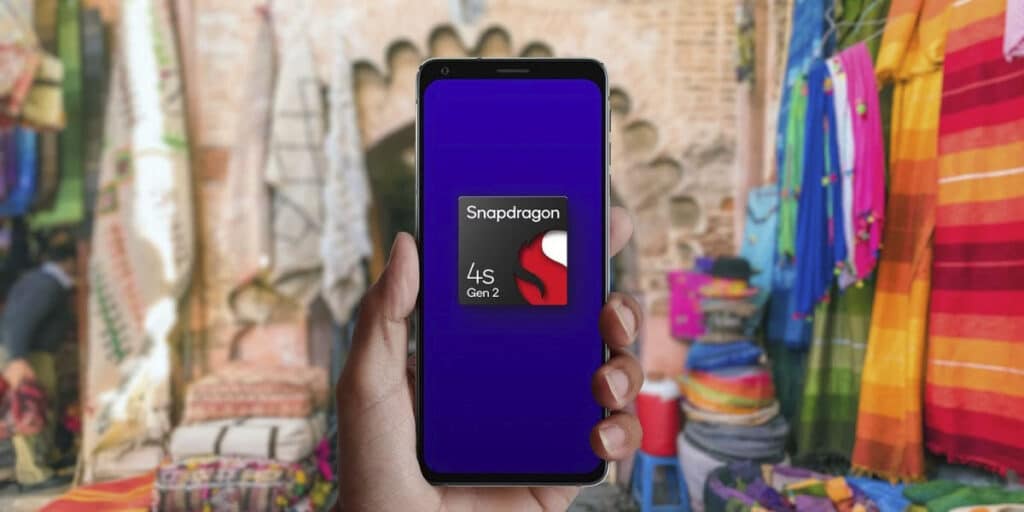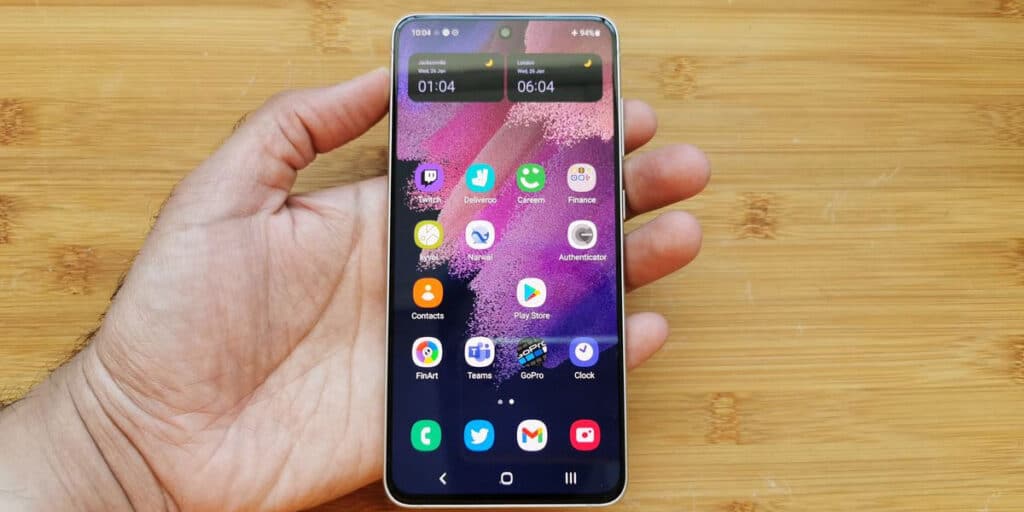
From before Android 16 stable, a ball was running on forums and social networks The Google system: it could stop being open source. Until then it was nothing more than a voice, even if there are shades that we will explain.
However, the snowball was growing and somehow triggers the alarms: Google launched Stable Android 16, but this time he did not update the hardware repositories of his pixel. This strengthened what was saying, even reaching that the community developers were thrown out of the hair.
What is happening? What does it mean that Google hasn’t published those repositories? We will explain it in a slightly clearer way and we will also make a little light on itself Android has stopped being open source.
Why are there people who say that Android is no longer open source?

In case you don’t know, Google has sold this for years “Android is open source and anyone can use it for anything”Something that allowed him to position himself on the market in such a dominant way.
At the beginning it was like this, because Google published the code of everything he had to do with Android and his devices (Nexus and Pixel). The goal? In addition to positioning you, Allow any developer to include new functions And that their devices were the reference to development. However, that absolute freedom was only at the beginning, because For a few years the circle has closed.
First of all, with Google, keeping some characteristics of the code; Then, transforming the GAPP into a service that requires the Google certification to work; Subsequently, adding more and more employees of Google Play; More recently, delay the publication of new AOSP versions until they consider it stable; And now, Keep the Pixel hardware repository.
The latter took place with the launch of Android 16 Stable, an unprecedented decision for Google. The measure was the drop that poured the glass into the communitysince it ended Android as open source software is about to disappear.
And no, we are not exaggerating, community like Mystical losses (A famous telegram channel) said that “AOSP could cease to exist shortly”. In the meantime, other great teams, such as Grapheneos, they said What Google is increasingly privatizing Android y make a “significantly” development development. The latter is not a lie, that android is no longer open source is not like that.
Not all “Android” is Android, knowing that the difference is the key to solving the problem of the free code


As a paradoxical that seems, not everything we call “Android” is Android. Actually, and if you didn’t know, This system has two large development branches:
- Android Open Source Project (OSP): It is the open source version of Android, accessible to anyone. It’s the real “pure Android”Because it doesn’t have all the additions of Google. It was the main development branch.
- Google Android: Commercially known only as “Android”, the version we all have on the radar, which transport pixels and devices of other brands. It is currently the main Google development branch, What Google Play and all Google services have.
And now that you know the difference, we can speak more clearly: The concern for Android freedom refers to AOSPNothing more, because Google’s Android is a closed code.
Android “Pure” has not stopped being open source, the Google measure is on another way
![]()
![]()
Returning to the topic, what some think is that AOSP could soon disappear, but Google has already revealed that it would not be like that. He did it through the SEANG Chay statementsVice President and General Manager of Android:
“It is assumed that it will interrupt. To be clear, OSP will not disappear. AOSP was created with the premise of being an open platform to implement it in different devices, shareholder and instruction architecture.
AOSP requires a flexible, configurable and convenient reference, independent of any hardwareincluding Google. For years, the developers have developed Seppia (Available in GitHub as a reference device for AOSP) and GSI objectives from the source code. We continue to make them available for trial and development purposes. “
So no, AOSP will not disappear. What Google has done Move the Pixel piece to stop being the development hardware of development. The reason? Why AOSP is made to work in various hardware, without units. If the developers continue to use the closed hardware of the pixel as a reference, the premise is not satisfied.
Instead, Use the virtual devices of centuries meet the idea of development in AOSPBecause there is no addiction to a specific hardware. On the contrary, Facilitates the compatibility of the developed software.
The use of virtual devices to develop in AOSP is positive, but not for everyone


If you take into account what Google said about the future of AOSP, it seems to do all the meaning of the world. However, there is a scenario in which The development of Android will be rather impressed: personalized Roma.
Be complete operating systems, Rom needs the best possible integration with hardware to work optimally. That Google would have frequently published and updated the Pixel Hardware repository has significantly facilitated integration, so Google Pixel has become the development reference in AOSP.
Moreover, In cases such as grafeneo, addiction is even greaterBecause there are profound changes in security and privacy. So the devices officially compatible with this rom are only the pixel.
So yes, Personalized Rom development will be seriously affected For this new goal of Google. From here more, its devices cease to be the reference.




